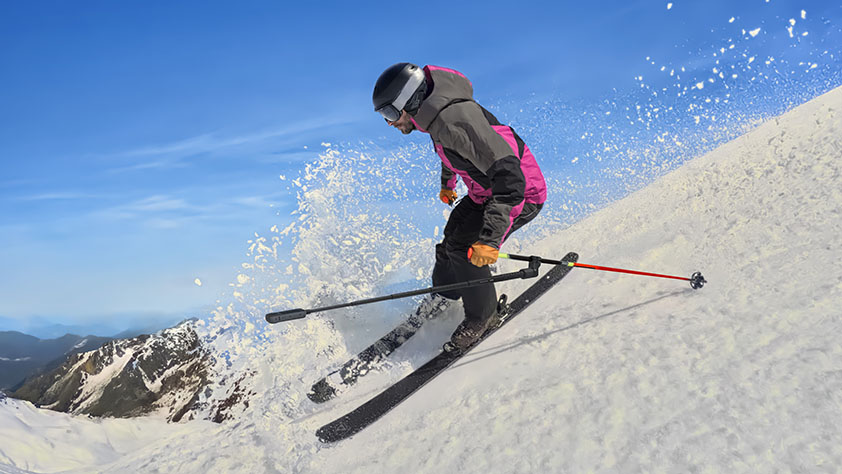Sports photography is one of the most exhilarating genres in photography. Capturing the intensity, emotion, and split-second action of athletes in motion requires skill, patience, and the right gear. Whether you're a seasoned photographer or just starting, this guide will give you the knowledge and confidence to excel in sports photography and produce images that convey the raw energy of the game.
In this guide, we'll walk through essential tips, techniques, and equipment to help you master sports photography. We'll also highlight how action cameras like Insta360 Ace Pro 2 can be valuable tools in your sports photography arsenal, allowing you to capture high-quality, dynamic shots with ease.
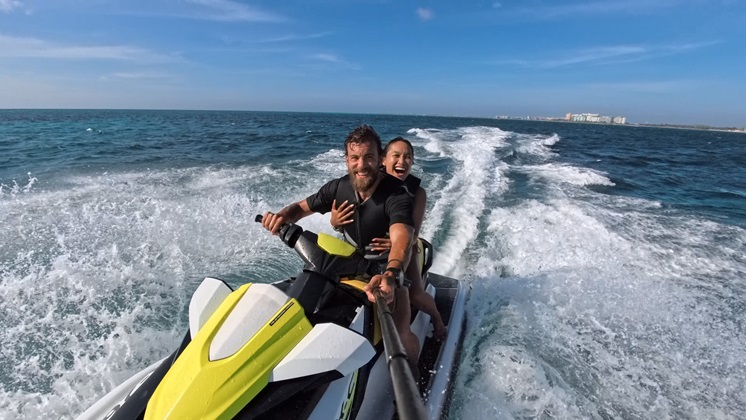
Sports photography presents the challenge of capturing high-speed action, often in unpredictable and fast-paced environments. From the thrill of a soccer game to the intensity of a boxing match, sports photography demands a combination of technical know-how and creativity. The rewards? Freezing moments of triumph, defeat, and passion tell the story of the game.
However, the right camera gear can make all the difference Insta360 Ace Pro 2 and other action cameras offer advanced features like 4K video recording, interchangeable lenses, and advanced stabilization, making them perfect for capturing both stills and dynamic sports footage. Whether you're photographing on the field or from the sidelines, having the right tools is key to success.
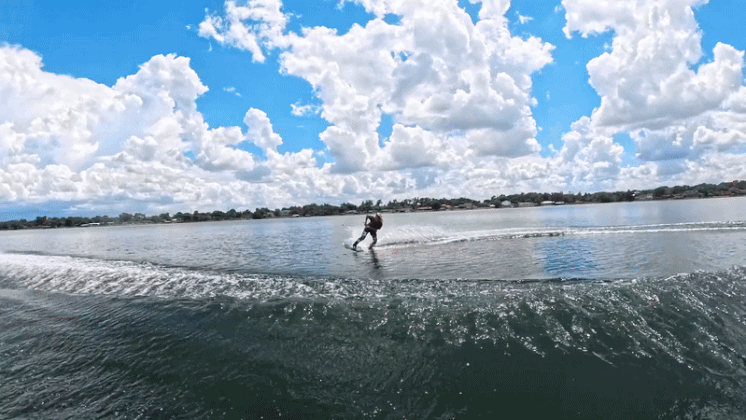
Essential Equipment
To capture the best sports photos, you'll need the right combination of cameras, lenses, and accessories.
Cameras
When it comes to sports photography, having a camera with fast processing power, great autofocus capabilities, and versatility is crucial. Insta360 Ace Pro 2 stands out with its 8K video capability and dual AI-powered chips, offering quick subject tracking and image clarity even in fast-paced scenes. Equipped with the Leica SUMMARIT lens, Insta360 Ace Pro 2 delivers vibrant color and detail across various lighting conditions, ideal for sports where lighting can shift unpredictably. Its FlowState stabilization ensures smooth footage, even if you’re tracking a moving player or capturing on the sidelines, while PureVideo Mode enhances brightness and reduces noise for low-light action shots, like night games or indoor sports.
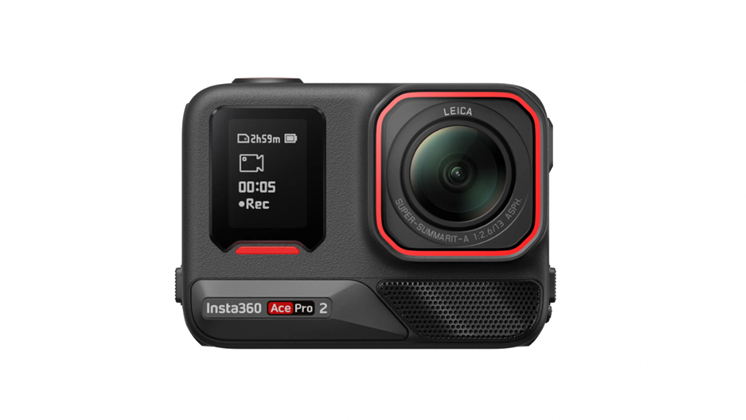
Accessories
Sports photography often requires shooting for extended periods, which means stability and reliability are critical. Consider using a monopod or tripod to avoid camera shake and fatigue when holding heavier equipment for long durations. Other essential accessories include:
- Fast memory cards: Sports action happens fast, so having memory cards with high write speeds ensures you can capture continuous shots without lag.
- Rain covers: Weather can be unpredictable during outdoor sports events, so protecting your gear with rain covers is a must.
Mastering Camera Settings
Understanding camera settings is crucial in sports photography. Fast-moving subjects require precise adjustments to ensure your images are sharp and well-exposed.
Shutter Speed
One of the most important settings in action photography is shutter speed. A fast shutter speed is key to freezing motion and capturing sharp images of athletes in action. Generally, for sports photography, you’ll want to use a shutter speed of at least 1/1000th of a second. For faster sports like racing or basketball, you may need even faster speeds, such as 1/2000th or higher.
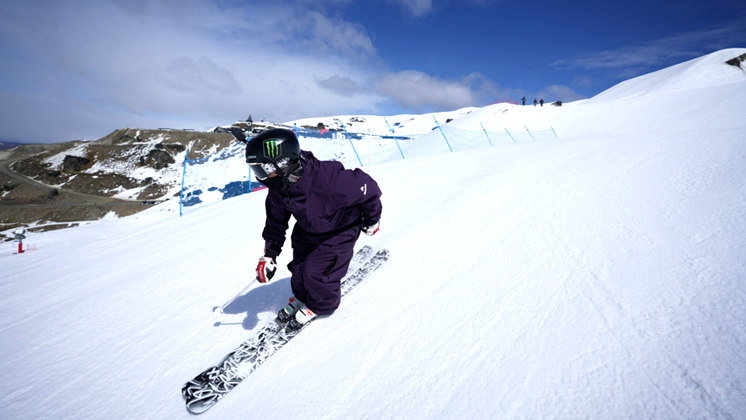
Aperture
A wider aperture (lower f-stop number) creates a shallow depth of field, which isolates your subject from the background, making them stand out more. Shooting with an aperture of f/2.8 to f/5.6 will help blur out distracting backgrounds, focusing attention on the action. Keep in mind that a wide aperture also lets in more light, which is helpful in low-light conditions.
ISO
Your ISO setting determines how sensitive your camera’s sensor is to light. In sports photography, you often need to balance high ISO settings with low noise, especially when shooting in low light. In outdoor daytime events, you can keep the ISO low (around ISO 100 or 200), but for indoor sports or night games, you may need to push the ISO to ISO 800 or 1600 to maintain fast shutter speeds. Modern cameras handle higher ISO levels well, so don’t be afraid to increase it if needed.
Autofocus Modes
Sports photography requires fast and accurate focusing. Continuous autofocus (AF-C) is ideal for tracking moving subjects. With this mode, the camera continually adjusts focus as the subject moves, ensuring your shots stay sharp. Some action cameras, like Insta360 Ace Pro 2, also offer excellent tracking modes that can lock onto subjects even during fast-paced movements.
Shooting Modes
Burst mode is essential for sports photography, allowing you to capture multiple frames per second. This increases your chances of capturing that perfect split-second action. Many cameras, including Insta360 Ace Pro 2, offer this feature, allowing you to shoot at speeds up to 30 frames per second, ensuring you don’t miss critical moments.
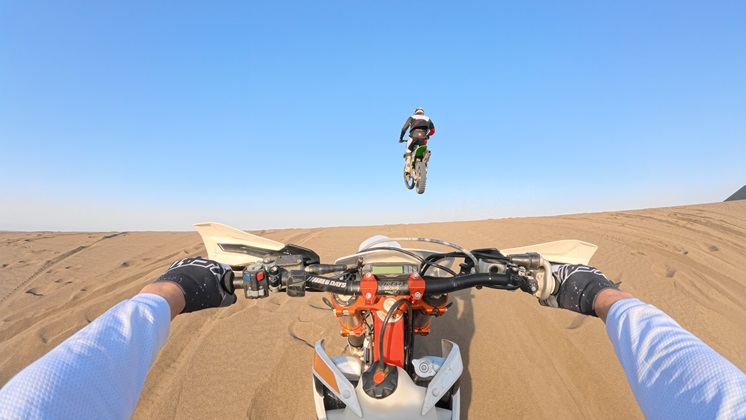
Composition and Framing
Framing and composition play a major role in telling a compelling sports story through your photos. Mastering these techniques will enhance the quality of your sports photography.
Rule of Thirds
One of the most effective composition techniques is the rule of thirds. Imagine dividing your frame into a 3x3 grid. Place your subject on one of the grid lines or intersections rather than dead center. This approach creates a more balanced, dynamic shot, making the viewer’s eye move naturally through the image.
Leading Lines
Leading lines are elements within the scene that guide the viewer's eye toward the main subject. In sports photography, this could be the lines on a football field, the curve of a race track, or even the angle of an athlete’s body in motion.
Capturing Emotion
While action is a key element in sports photography, don’t forget to focus on the emotions of athletes. Whether it’s the determination on a player’s face or the elation of victory, capturing these moments adds depth and storytelling to your images.
Backgrounds
Pay attention to what’s happening in the background of your shot. A cluttered or distracting background can take attention away from the main subject. Look for clean, simple backgrounds that complement the action without drawing focus away from it.

Advanced Techniques
To take your sports photography to the next level, mastering some advanced techniques can give your images a professional touch.
Panning
Panning is a technique that allows you to capture motion while keeping your subject relatively sharp. To achieve this, move your camera along with the moving subject while using a slower shutter speed, such as 1/60th or 1/100th of a second. The result is a sharp subject with a motion-blurred background, conveying a sense of speed.
Predicting the Action
One of the most important aspects of sports photography is knowing where the action will be. Anticipating the key moments, such as a basketball player making a dunk or a soccer player scoring a goal, allows you to position yourself for the perfect shot. Experience and knowledge of the sport will help you predict these moments more accurately.
Shooting in Different Lighting Conditions
Lighting can be one of the biggest challenges in sports photography. Indoor sports often require you to work with artificial lighting which may not be ideal for photography. In these situations, use higher ISO settings and wider apertures to ensure proper exposure. On the other hand, outdoor sports during bright sunlight may require you to use a faster shutter speed and lower ISO to avoid overexposure.
_2024-09-13_18-45-49_%E6%88%AA%E5%9B%BE.jpg)
Editing Your Sports Photos
After capturing your shots, the post-processing phase is where you can make your images truly stand out.
Software Options
There are various software options for editing sports photos, including Adobe Lightroom, Photoshop, and Capture One. These programs offer powerful tools for both basic and advanced editing.
Basic Editing
Start with the basics: cropping to improve composition, straightening the horizon, and adjusting the exposure for proper brightness. A well-composed shot with proper exposure makes a big difference in the overall quality.
Advanced Editing
For more advanced edits, consider techniques like sharpening to bring out fine details, noise reduction to clean up high ISO images, and color correction to ensure accurate skin tones and uniform colors. With sports photos, the goal is to enhance the action and emotion without over-editing.
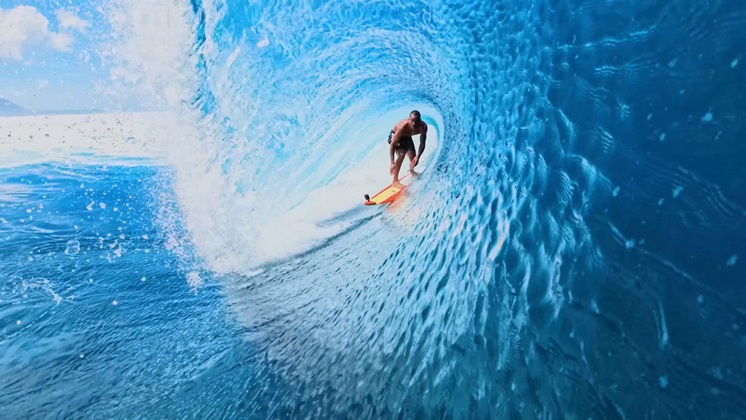
Tips and Inspiration
i. Practice and Patience
Mastering sports photography is all about practice and patience. It’s easy to get caught up in the fast pace of a game, but practice allows you to hone your timing and technique. Start by attending local sporting events or even practicing with friends playing pickup games.
The more you shoot, the more intuitive your timing becomes, making it easier to capture peak action moments. Additionally, reviewing your work after each session will help you identify areas to improve and make the next shoot even better.
ii. Respect the Athletes
When photographing sports, always be mindful of the athletes, officials, and other photographers. Avoid getting too close or obstructing their movements. If you’re shooting at an organized event, it’s important to adhere to any guidelines provided by the event organizers. The best photographers know how to be invisible while still capturing the action. Showing respect to athletes will also increase your chances of being welcomed at future events and getting the perfect shot without distractions.
iii. Inspiring Examples
One of the best ways to grow as a photographer is by studying the work of others. Get inspired by examining some of the breathtaking sports photos captured with Insta360 cameras. Insta360 Ace Pro 2, with its versatility and high frame rates, has been used to document everything from high-speed motorcycle races to soccer matches, where every moment counts.
Seeing the results from different sporting environments can help you better understand the variety of possibilities in action photography and push you to experiment with your shots.
Get Out There
Sports photography is an exhilarating field that allows photographers to freeze the intensity, emotion, and movement of a live event. From choosing the right sports photography equipment and mastering camera settings to perfecting composition and editing, each aspect of the process is crucial to capturing dynamic sports moments.
Insta360 cameras, such as Insta360 Ace Pro 2, are excellent tools for elevating your sports photography. Whether you’re just getting started or are a seasoned pro, these cameras offer flexibility and power, making them ideal for capturing everything from fast-paced action to the fine details of the game.
Ready to take your sports photography to the next level?
Check out Insta360 Ace Pro 2 and other action cameras on the Insta360 website. Share your sports shots with our community, and let’s inspire each other to capture every moment with precision and passion.
Keen to keep up to date on Insta360 stories? Keep an eye on our blog and sign up for our mailing list.

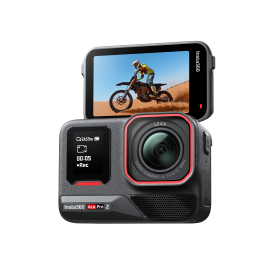

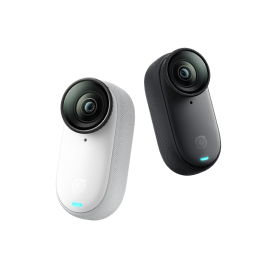
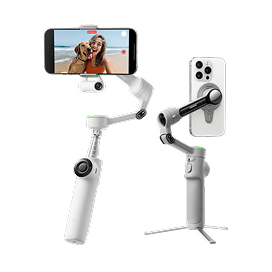
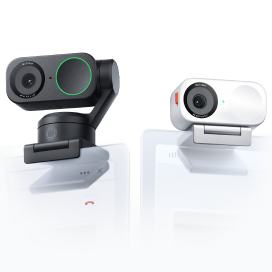



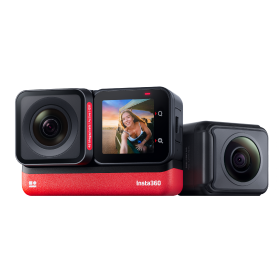
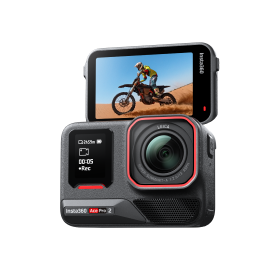

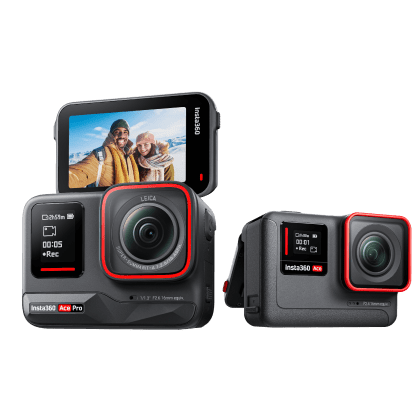











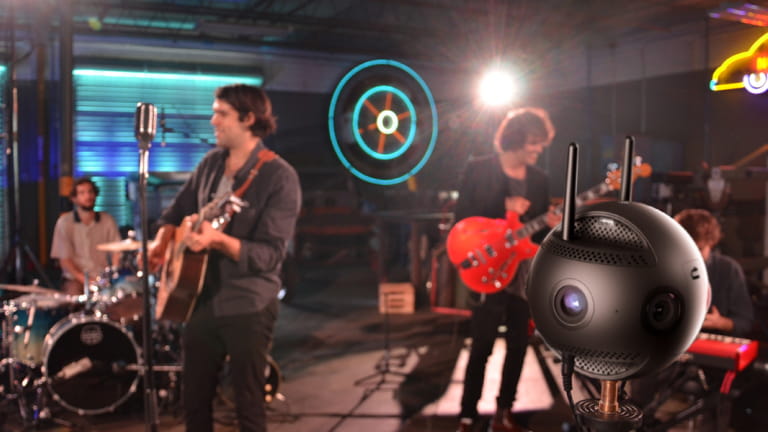
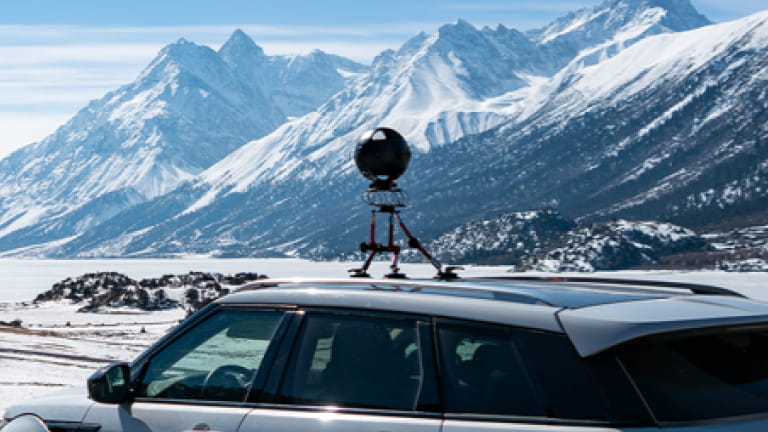






.jpg)
